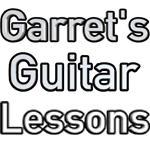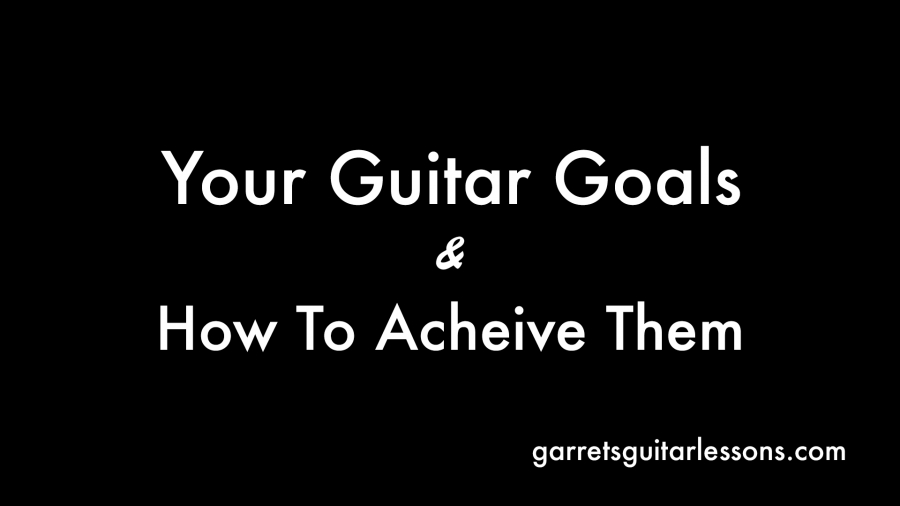Like most of you I had visions of grandeur when I began, but soon I found myself playing the same thing I was playing for years. A lot this comes down to lack of focus on your goals. I always recommend taking time out of your guitar playing to lay out and organize what it is you want to do.
Basically I want to talk about having three separate outlines:
1) Rhythm
2) Lead
3) Songs (Implementing the ideas)
Take the time to write what it is about each of these you’d like to improve on. I’ll give you some ideas as a starting point but each players journey is unique. Take that hour on a Sunday and write down what it is you want to see yourself improve on. Try to think about the appropriate steps to reach those goals.
-Rhythm-
Rhythm playing is the single best thing you can work on. For one, it’s the majority of what you’ll actually be doing in a band situation. Two it’s a great way to visualize different parts and really see what happens in and around the chords you’re playing over. When it comes to improving your lead, this step will make that even easier.
Alright, so what exactly should you work on? A few examples would be:
-Chords:
1) Open Chords/Barre Chords– different combinations of both
2) CAGED Chords (Major & Minor) and different combinations
3) Triads
4) Extended/Add9/Other “Color” Chords
-Strumming/Picking: Throw on a metronome/drum pattern, how do you feel strumming over it? How about adding a few other techniques like Muting While Strumming, Accents and Jumping the Measure? Try adding a few of these to your bag of tricks and start becoming the dream rhythm player.
-Lead-
Lead playing is very much tied to Rhythm playing. Your chord shapes will essentially be your outline for any arpeggio and scales. So the more you feel comfortable using certain chord shapes… the bigger your collection of arpeggios and scales will grow.
-Arpeggios:
1) Triads
2) Major/Minor Arpeggios
3) 7th Chord Arpeggios
-Scales:
1) Major/Minor Pentatonic
2) Major/Minor Scales
3) Dorian/Mixolydian Scales (Modes)
4) Other Exotic Scales
-Techniques:
1) Developing Feel, Bending/Vibrato & Slides/Hammer-Ons/Pull-Offs
2) Chord Tone Soloing (Solo Better over I-V-vi-IV, Visualizing Chord Tones #1 & Visualizing Chord Tones #2)
3) Improving (Use some Backing Tracks to help)
-Songs-
I put this third, although this is a chicken and egg thing. Songs are a great way to either get ideas of what to focus on (almost as a precursor to my earlier steps) but also a great way to really solidify stuff you’ve worked on that aren’t in the song (a great way to start using the other techniques discussed).
Make a list of songs you enjoy. They don’t have to have the ones with biggest, baddest solos or the most complex chord changes. You have to enjoy the song. Take the last 30 songs you listened to and write them down.
If you start with the song being the “egg” then take apart the song. What chords are they using? What’s the actual solo? What would you do to improvise over it? Anything you have to be overly aware of while soloing?
How about chords? What chords are used in the song? Anything you’re not familiar with?
If you start with the song being the “chicken” then can you add some of your new triads? What are some other things you can add to the song to help solidify your understanding of certain concepts/techniques?
Unless you write out what it is you want to accomplish this month/couple months/year and see what’s working and what isn’t working it’s impossible to get to your underlying potential.
I personally use pen and a notebook, mainly because it feels good to physically cross stuff out, but a Google Doc/Word Document can work too.
Dig!

